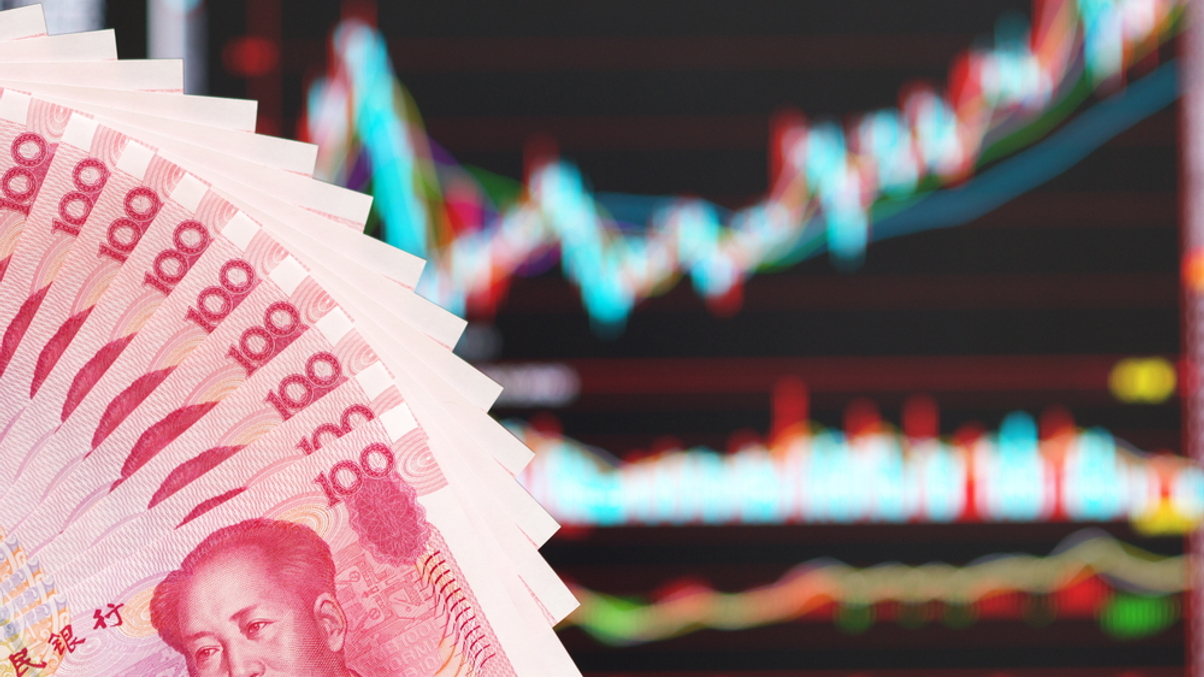China state pension may reverse 2022 losses on turnaround bets
The National Social Security Fund added $17.8 billion in Chinese equities last year across the consumer and healthcare, real estate, automotive, industrial, resource, and infrastructure sectors.

China’s national pension fund could reverse its losses in 2022 with its additional $17.8 billion investments in domestic stocks, as the market is on track for a rebound, analysts said.
Sign in to read on!
Registered users get 2 free articles in 30 days.
Subscribers have full unlimited access to AsianInvestor
Not signed up? New users get 2 free articles per month, plus a 7-day unlimited free trial.
¬ Haymarket Media Limited. All rights reserved.


